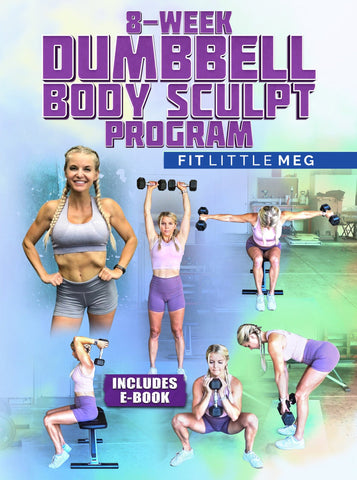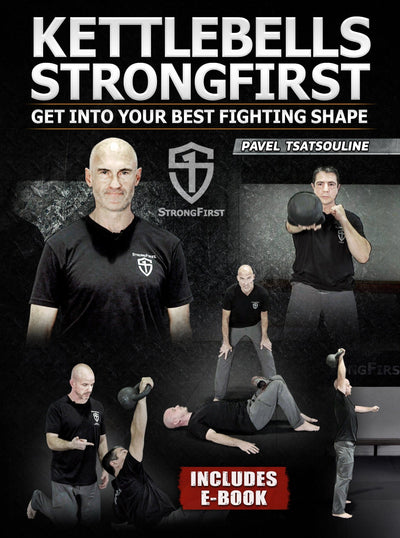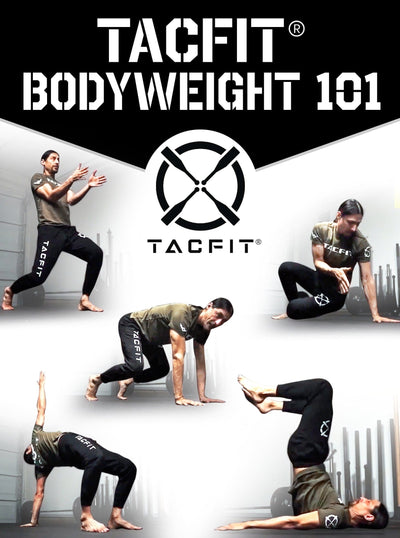Hypertrophy Kettlebell Program
A hypertrophy-focused kettlebell program aims to optimize muscle growth and size through strategic exercise selection and training principles. This approach involves emphasizing higher repetitions, controlled tempo, and appropriate volume to stimulate muscle hypertrophy. Kettlebells, known for their versatility and wide range of movements, can be effectively employed to target various muscle groups, encouraging hypertrophy and enhancing muscle definition.
What this article covers:
Benefits of Hypertrophy Training with Kettlebells
Hypertrophy training, when using kettlebells, is designed to maximize muscle growth through systematic workout planning. By incorporating progressive overload and tailored exercises, this approach leads to increased muscle size, which in turn enhances overall strength and power output. Moreover, hypertrophy training enhances muscle definition, contributing to a more sculpted and toned physique.
Whether it’s a full body kettlebell workout program, kettlebell and barbell program, 12 week kettlebell program, or 6 week kettlebell program you are looking for, we have you covered!
Exercise Variations
Kettlebell Goblet Squat
The Kettlebell Goblet Squat is a fundamental exercise for lower body hypertrophy. To perform it, securely hold a kettlebell close to your chest with both hands, adopting a shoulder-width or slightly wider stance. Initiate the squat by pushing your hips back and bending your knees, keeping a straight back and an upright chest. Lower yourself until your thighs are parallel to the ground or reach a comfortable depth. The movement engages major muscle groups including quadriceps, hamstrings, glutes, and lower back.
This exercise offers several benefits, including the engagement of multiple lower body muscle groups, promoting overall muscle growth. It helps enhance squat mechanics and strengthens the posterior chain. Additionally, it encourages proper posture and alignment during the movement and can be adjusted in difficulty by varying the kettlebell weight.
Kettlebell Romanian Deadlifts
Moving on to the Kettlebell Romanian Deadlifts, they are highly effective for targeting the posterior chain, including hamstrings, glutes, and lower back muscles. Start by holding a kettlebell in both hands in front of your thighs with a neutral grip. Maintain a hip-width stance and slightly bend your knees. Proceed to hinge at your hips while keeping your back straight and lower the kettlebell towards the floor while keeping it close to your legs. Return to the starting position by thrusting your hips forward.
The benefits of this exercise encompass isolated strengthening of the posterior chain, including hamstrings and glutes. It improves hip hinge mechanics and mobility, minimizing stress on the lower back compared to traditional deadlifts. Furthermore, it allows precise control and focus on muscle engagement during the movement.
Kettlebell Bulgarian Split Squats
Next, the Kettlebell Bulgarian Split Squats are a unilateral exercise targeting quadriceps, hamstrings, and glutes. Begin by holding a kettlebell in one or both hands at chest height or by your sides. Step a few feet away from a bench or elevated surface. Extend one leg back and place the top of your foot on the bench. Lower your body by bending the front knee, keeping your chest upright and your back straight. Return to the starting position.
This exercise has notable benefits, including a focus on single-leg strength and stability, addressing muscle imbalances. It enhances quadriceps and glute activation, encouraging muscle growth, and improves balance and coordination due to its unilateral nature. This variation provides an effective alternative to traditional squats, allowing greater muscle isolation.
Kettlebell Shoulder Press
Lastly, the Kettlebell Shoulder Press is crucial for building muscle in the shoulders, triceps, and upper back. Begin by holding a kettlebell in each hand at shoulder height with a neutral grip. Stand with your feet shoulder-width apart and engage your core. Press the kettlebells overhead by extending your arms until they are fully extended. Lower the kettlebells back to shoulder height to complete one repetition.
This exercise effectively targets the deltoids, triceps, and upper back, promoting upper body muscle growth. It encourages stability and control throughout the range of motion and can be performed either standing or seated, offering versatility in training. Moreover, it supports balanced shoulder development, which is vital for overall aesthetics and strength.
Customize your hypertrophy-focused kettlebell program by incorporating these exercises to effectively target major muscle groups. Always prioritize proper form, gradual progression, and consult a healthcare professional before starting any new exercise program, especially if you have any pre-existing medical conditions or concerns.
Check out the complete kettlebell collection available at strongandfit.com!
Kettlebell Skull Crushers
The kettlebell skull crusher is a variation of the traditional triceps exercise that effectively targets the triceps brachii muscle. To perform this exercise, begin by lying flat on a bench with a kettlebell in each hand, arms fully extended, and palms facing each other. Position the kettlebells directly over your shoulders, keeping your upper arms perpendicular to the floor.
Bend your elbows and slowly lower the kettlebells towards your head in a controlled manner, maintaining a straight wrist position. Lower the kettlebells until they are close to your temples or the sides of your head, feeling a stretch in your triceps.
Next, extend your elbows and push the kettlebells back up to the starting position, fully extending your arms. Keep the movement controlled and maintain tension in the triceps throughout the exercise.
Programming Considerations
When structuring a hypertrophy-focused kettlebell program, several key considerations play a vital role in its effectiveness. Firstly, determining the appropriate sets and reps is crucial. Typically, aiming for 3-5 sets of 8-12 repetitions per exercise can effectively promote muscle hypertrophy. These repetitions, combined with the right intensity, provide an optimal stimulus for muscle growth.
Additionally, managing rest intervals between sets is important. Keeping rest intervals within the range of 30-60 seconds helps to sustain muscle engagement and intensity throughout the workout. This aids in keeping the muscles actively involved and promotes the metabolic stress necessary for hypertrophy.
Incorporating the principle of progressive overload is essential for ongoing growth. Gradually increasing weights or repetitions as one progresses through the program is fundamental. This continuous challenge to the muscles stimulates hypertrophy and ensures that the body is constantly adapting to new demands.
Form and technique should never be compromised. Maintaining proper form with controlled movements is critical to effectively target the desired muscle groups and reduce the risk of injury during the workouts. Each repetition should be performed with precision, optimizing muscle engagement and overall effectiveness.
Finally, giving muscles adequate time to rest and recover is imperative. This includes ensuring proper sleep, nutrition, and allowing sufficient time between training sessions for muscles to repair and grow. A well-structured program with attention to these considerations will maximize the hypertrophic response and lead to optimal muscle growth.
This hypertrophy-focused kettlebell program is designed to optimize muscle growth and promote hypertrophy in major muscle groups. Customizing the program according to your fitness level and progression is essential to achieve the desired hypertrophy goals. Always prioritize proper form, gradual progression, and consult a healthcare professional before starting any new exercise program, especially if you have any pre-existing medical conditions or concerns.
Did you find the blog helpful? If so, consider checking out other guides:
- Kettlebell Workout Program
- Kettlebell Core Workout
- Upper Body Kettlebell Workout
- Around the World Kettlebell
- Kettlebell Marches for Core
- 10lb Kettlebell Workout
- 35 lb Kettlebell Workout
- 5 lb Kettlebell Workout
- 25 lb Kettlebell Workout
- Banded Kettlebell Swings
- The Kettlebell Side Swing
- Heavy Kettlebell Swings
- Kettlebell Swing Variations
- CrossFit Kettlebell Swings
- The Kettlebell Swing Challenge





